In 2020, we sold our house and moved into a 5th wheel RV. We were new to everything about full time RV living, including boondocking.
But, over the past couple of years, we've learned the ropes and now boondocking is a regular part of our year's travel schedule.
The more time we spend boondocking, the more questions we get about it.
What is boondocking? What's the difference between boondocking and dry camping? What do you do for water and power when your boondocking? How do you find boondocking locations?
These are just a few of the questions we answer here.
Do you have a question about boondocking that we haven't answered? Scroll down to the bottom of this page and leave your question in the comments!
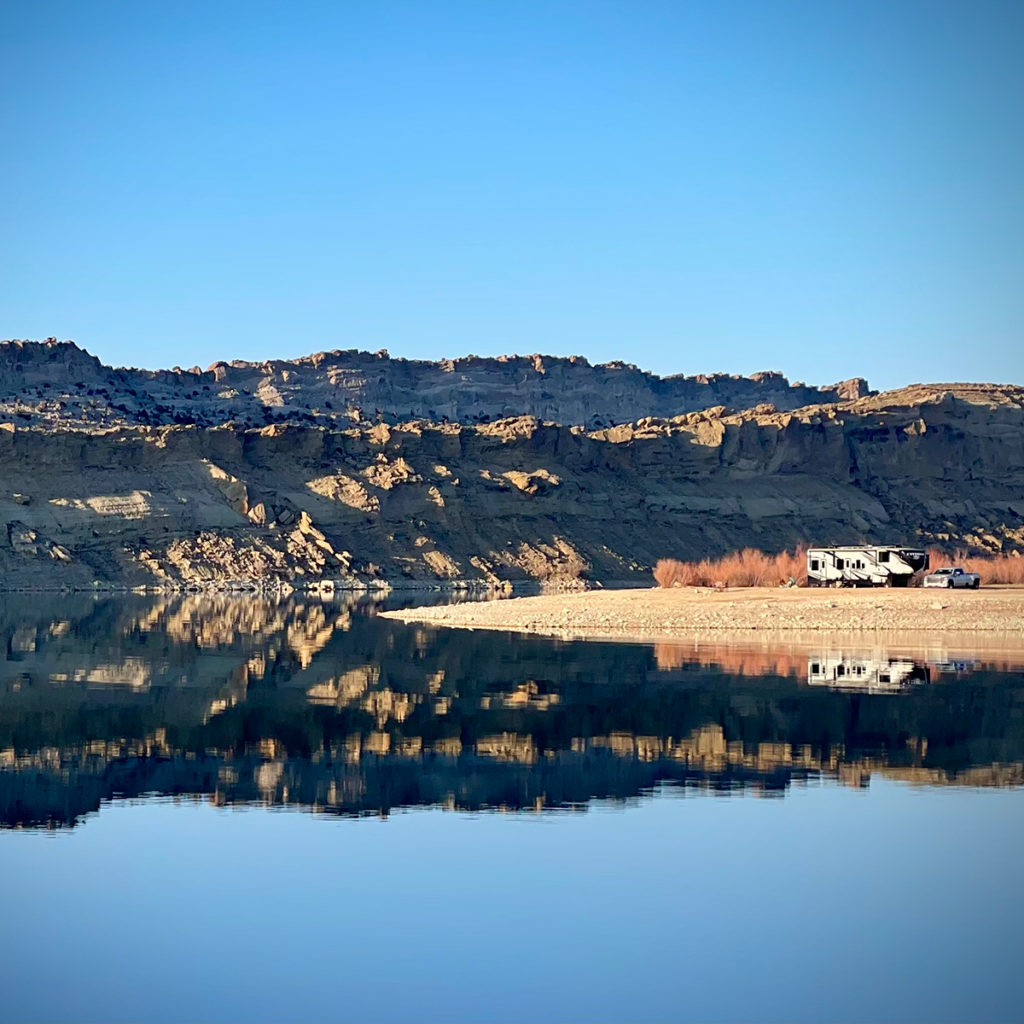

+ Subscribe to my newsletter for new and exclusive recipes in your in-box every month! As a full time traveler, living, working, cooking, and baking from a 5th wheel RV, it's also where I share our experiences of life on the road.
Jump to:
- What is boondocking?
- What's the difference between boondocking and dry camping?
- What is BLM Land?
- Why is it called boondocking?
- Where can you boondock?
- Is parking lot camping the same thing as boondocking?
- How do you find boondocking locations?
- What do you do for water when you're boondocking?
- What do you do for power when you're boondocking?
- What are your favorite boondocking recipes?
- What are your favorite boondocking locations?
- Favorite Boondocking Tools
- More RV Living, Travel, and Camping Resources
- 💬 Comments
What is boondocking?
Most of the time, boondocking describes the experience of dispersed camping on public land. Dispersed camping refers to camping outside of a designated campground.
Camp spots are primitive, meaning there are no connections to running water, electricity, or sewer. The land is generally undeveloped with no bathrooms or outhouses, water pumps, or picnic tables. Many boondocking locations do not even have paved roads.
While occasionally a permit is required, boondocking is usually free. There are no reservations or assigned camping spots. You simply show up and find a place to park.
The Bureau of Land Management (BLM) and the United States Forest Service (USFS) define boondocking/ dispersed camping as “camping on public lands away from developed recreational facilities.”
Because boondocking is becoming increasingly popular, the Bureau or Land Management and the US Forest Service are working to transition many popular boondocking locations into "designated camping" spaces. Designated camping spaces are still amenity free, but the campsites are clearly marked and you must camp within a designated space.
There are opportunities to boondock throughout the United States, but the vast majority are found throughout the west.
What's the difference between boondocking and dry camping?
Both terms refer to camping without any hookups - no water, sewer, or electricity.
The difference is that boondocking refers to camping on land without a developed campground, generally on BLM (Bureau of Land Management) land or in national forests. Dry camping can occur on developed and maintained campgrounds and state parks.
What is BLM Land?
BLM (Bureau of Land Management) land is public land that can be used for a variety of uses, including camping and recreation. In general, camping on BLM land involves pitching your tent or parking your RV in a space where it's obvious that someone else has camped before.
Camping on BLM land is always first-come, first-serve and is generally free. Most BLM lands have a 14 day maximum stay requirement, but there are areas where campers can stay for longer.
Why is it called boondocking?
The word boondocking comes from the word boondocks, as in "way out in the boondocks".
The word boondocks comes from the word bundók, a Phillipino Tagalog word that means mountain but can also refer to rural inland areas that are difficult to access. The word bundók was brought to the US by American soldiers fighting the Philippine-American War.
Where can you boondock?
Boondocking is permissible in designated areas on most BLM land across the United States. You can also typically camp anywhere in a national forest unless, of course, there is signage stating otherwise. This article is a great resource for finding boondocking locations in national forests.
The biggest challenge for those of us with large RVs are narrow, rough, unpaved roads that make accessing boondocking locations difficult if not impossible. Campers in small RVs, vans, and tents have an easier time accessing many remote boondocking places.
The USDA Forest Service has published helpful dispersed camping guidelines, including information about how and where to camp in National Forests and on BLM land.
Another good resource is the US Public Lands app. The most important thing to remember when using apps and other online resources is to do your research before deciding where to go because many boondocking locations have little or no cell service.
Is parking lot camping the same thing as boondocking?
In general, boondocking refers to camping on public land while a short term overnight stay in a parking lot is aptly referred to as parking lot camping.
A lot of businesses offer the option of short overnight stays in their parking lot. Many big box stores like Walmart, Cabela’s and Cracker Barrel will allow RVers to park in their parking lots for the night. Hotels, motels, and casinos with large parking lots will also sometimes allow RVers to stay for the night.
In addition, RVers can usually stay at truck stops, rest areas, and visitor centers.
How do you find boondocking locations?
We rely mainly on Campendium to find boondocking locations. Campendium is a website and app with information about campgrounds and RV parks across North America.
The information on Campendium is user-generated and relies on reviews from people who've stayed in any given location. Camper reviews often include information about road conditions, cell service, accessibility for large RVs, and where to find nearby amenities like dump stations and grocery stores. This information has been immensely useful to us.
Another popular resource is The Dyrt. The Dyrt is also a website and app with user generated information about thousands of camping options across the US.
Two other good resources are Boondocks Welcome and Harvest Hosts. Both sites are owned by the same company and offer members a vast network of places RVers can stay for a night or two for free.
What do you do for water when you're boondocking?
We are fortunate to have a large 100 gallon fresh water tank, and waste tanks that also hold about 100 gallons. Since we often like to boondock or stay at campgrounds without hookups for 2 or 3 weeks (or longer) at a time, we've gotten pretty good at making our fresh water last as long as possible.
We also have ten 5-gallon collapsable water carriers that we use to refill our fresh water supply. This allows us to drive the truck to a fresh water pump when we get low without having to tow the entire RV.
What do you do for power when you're boondocking?
We installed a solar power renewable energy system into our RV soon after moving in. The system includes 6 solar panels that are mounted to our roof and 3 lithium-ion batteries. When fully charged, they provide us with 900 amp hours of power.
When we are boondocking in an area with plenty of sunlight, we can run pretty much anything we want on solar energy without running out of power. If we're boondocking in an area with lots of shade trees or cloud cover, we rely on our generator to supplement our solar power supply.
What are your favorite boondocking recipes?
One way to stretch our water supply is to cook meals that require as few dishes as possible. (If you're curious about our RV kitchen, here's how I keep it organized.)
Many of our favorite boondocking meals are in this list of 50 Easy One Pot Camping Meals and this collection of Blackstone Dinner Ideas.
I also make a lot of sheet pan dinners, casseroles, and soups and stews.
What are your favorite boondocking locations?
Without a doubt our two favorite boondocking locations so far are The Wedge Overlook BLM land overlooking The Little Grand Canyon and Jug Hollow Dispersed Camping in The Flaming Gorge National Recreation Area. Both locations are in Utah.
We've added photos of both locations below. And, you can read about our time at The Wedge Overlook in this issue of Let's Get Lost, our monthly travel journal about full time RV life.
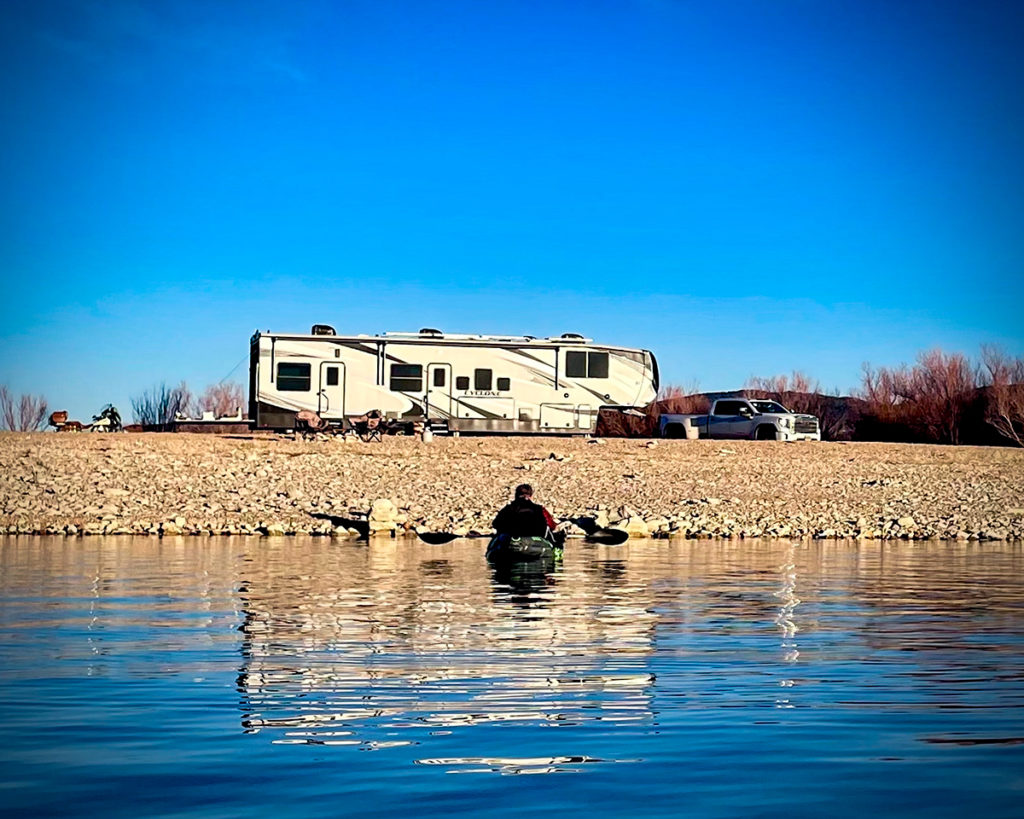
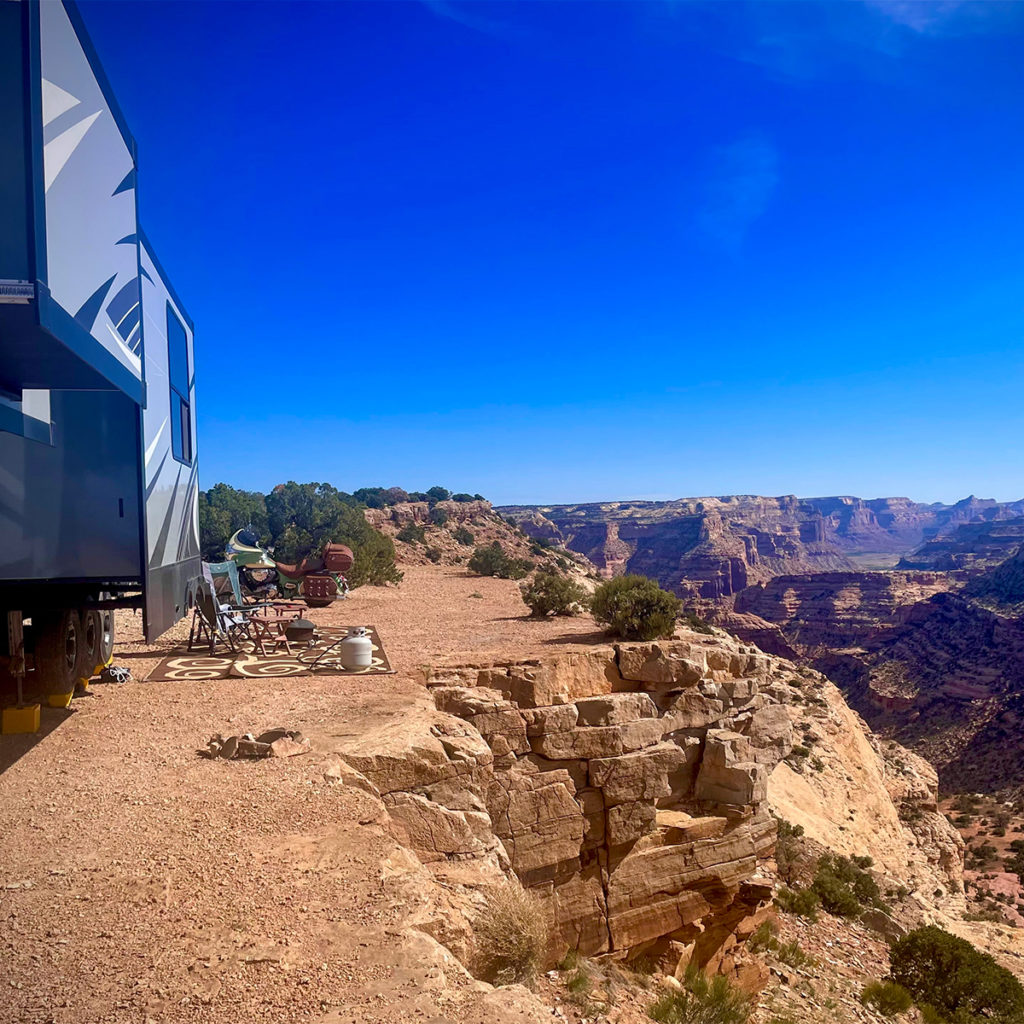
Favorite Boondocking Tools
- 22-inch Blackstone Griddle: The Blackstone Griddle is fueled by propane and doesn't require electricity which makes it a great cooking option while boondocking.
- Collapsable Water Bags: These take up very little space when not in use and allow us to refill our fresh water tank while boondocking without having to take the entire RV to a water pump.
- A 40-gallon portable waste tank and macerator: These two tools allow us to empty our RV waste tanks into a portable waste tank that sits in the bed of our truck. So, when we're boondocking for several weeks at a time, we don't have to take the whole RV to the dump station when our waste tanks get full. Want to know more about how this handy system works? Steve wrote about our portable waste system in this issue of Let's Get Lost.
- A 3.25 Gallon Berkey Water Filter: We love our Berkey water filter! We are constantly filling up our fresh water tank at different locations and never really know how safe or clean the water is. But, this powerful water filter means we always have clean drinking water no matter where we are.
More RV Living, Travel, and Camping Resources
- After developing, photographing, and publishing hundreds of recipes from my small RV kitchen, here are my top tips for how to organize a small kitchen.
- Curious about where we're headed next? + Click here for our yearly travel schedule
- Looking for delicious recipes that are perfect for camping trips or RV cooking? + Browse through this collection of camping recipes.

+ Subscribe to my newsletter for new and exclusive recipes in your in-box every month! As a full time traveler, living, working, cooking, and baking from a 5th wheel RV, it's also where I share our experiences of life on the road.

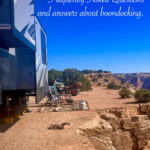
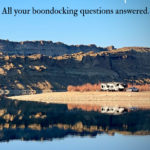
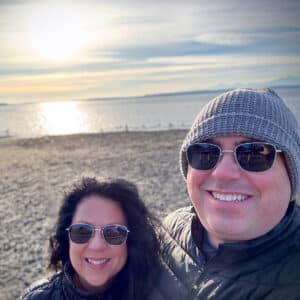
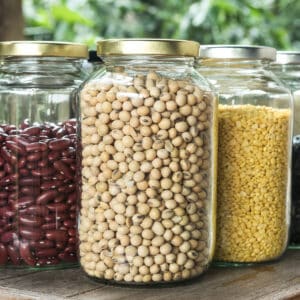
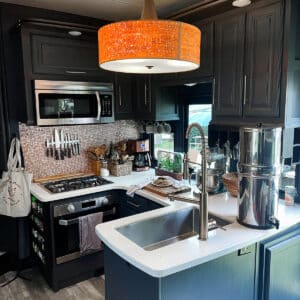
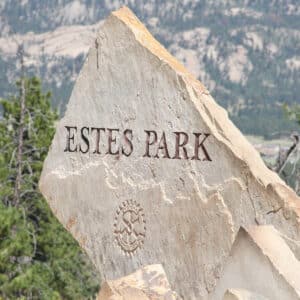
Comments
No Comments